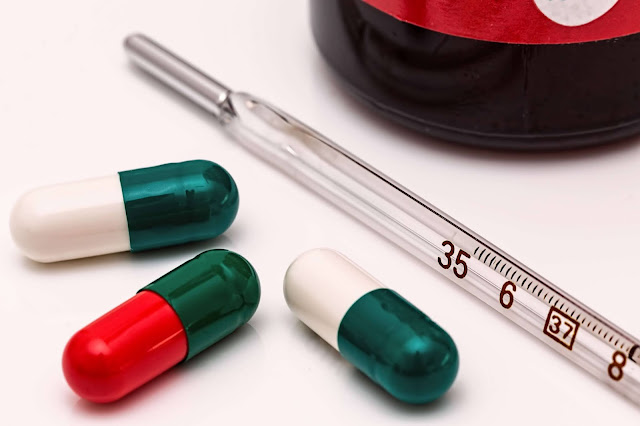How to lose weight at home: step by step instructions Decided to lose weight, but don't know where to start? We offer you step-by-step instructions on how to start losing weight at home (or in the gym) . This memo is suitable for both men and women, regardless of age and the number of extra pounds. A successful weight loss process consists of two components: a balanced diet and physical activity. So, where do we propose to start losing weight? NUTRITION: STEP BY STEP INSTRUCTIONS STEP 1: REMEMBER THE MAIN RULE OF LOSING WEIGHT The first step on the way to getting rid of excess weight is to remember the main principle of losing weight for yourself. You lose weight when you eat less food than your body can handle during the day. In this case, energy begins to be drawn from the reserve reserves on the body - fat deposits. Therefore, in essence, the process of losing weight is reduced to eating restrictions and creat...
What are the symptoms of diabetes and signs of diabetes?
Type 1 diabetes
Type 1 diabetes mellitus can develop unexpectedly and cause symptoms such as
- Abnormal thirst and dry mouth
- Frequent urination
- Bed-wetting
- Lack of energy and extreme fatigue
- Constant hunger
- Sudden weight loss
- Blurred vision
Type 1 diabetes is diagnosed when these symptoms are combined with a test that shows high blood glucose levels.
Type 2 diabetes
The symptoms of type 2 diabetes are as follows:
- Frequent urination
- Excessive thirst
- Extremely intense hunger
- Blurred vision
- Lack of energy and extreme fatigue
- Numbness and tingling in the hands and feet
Slow wound healing and recurrent infections
Many people with type 2 diabetes are unaware of their condition for a long time because the symptoms of the disease are usually not as obvious as the symptoms of type 1 diabetes and it can take years before a diagnosis is made.
How is diabetes diagnosed?
There are several ways to diagnose diabetes. The following 3 blood tests are commonly used to diagnose diabetes :
Analysis for glycated hemoglobin (HbA1c).
Measures the average blood sugar level over the past 2-3 months. You don't need to starve or drink anything special to perform this test.
Fasting plasma glucose analysis.
Checks fasting glucose levels. To do this, you must not eat or drink anything other than water for 8 hours, usually at night, before testing. The analysis is usually scheduled in the morning, before breakfast.
Oral glucose tolerance test (OGTT).
Tests your body's response to a sugar load. For this analysis, you need to drink a special sweet drink. Your blood sugar is measured before and after you drink the drink.
Anytime plasma glucose measurement (HPG).
Checks blood sugar at a specific point in time, at any time of the day, without prior preparation for the test. This test is usually done when you have obvious diabetes symptoms, such as unexpected weight loss, extreme fatigue, and / or other signs of diabetes

